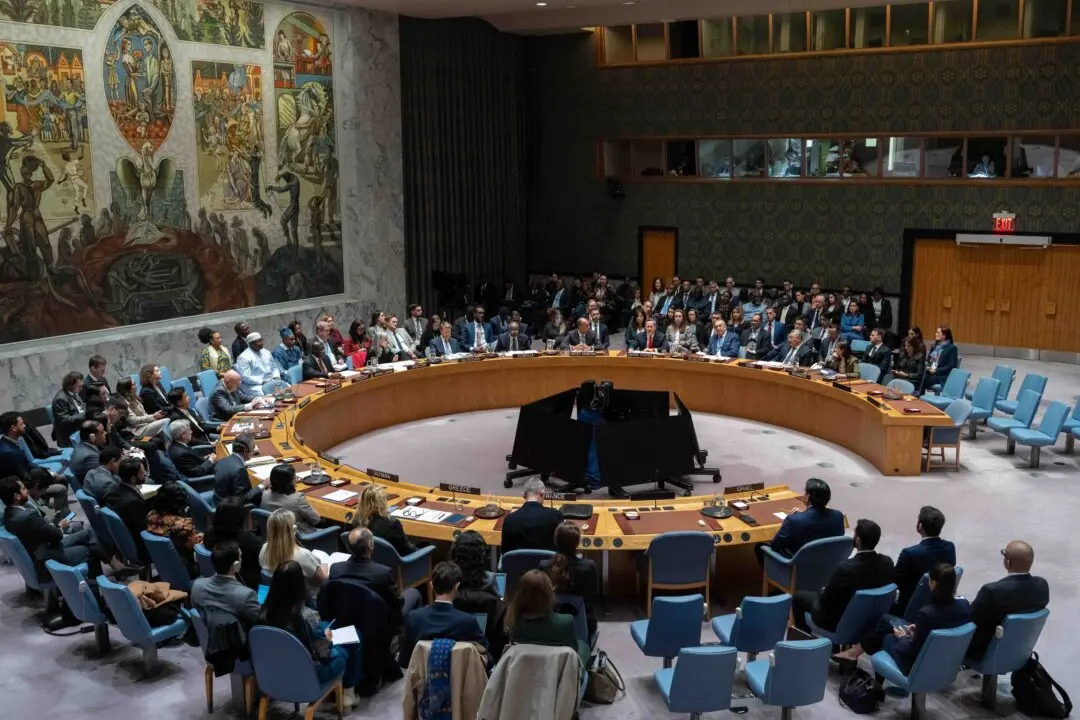Three-quarters of England’s population will be put into tier four, and almost all of England will be in tiers three and four from Dec. 31, Health Secretary Matt Hancock told Parliament on Dec. 30.
According to the list published on the government’s website on Wednesday, the Isles of Scilly, with a population of over 2,000, will remain in tier one, while the rest of England will be in tiers three and four.





